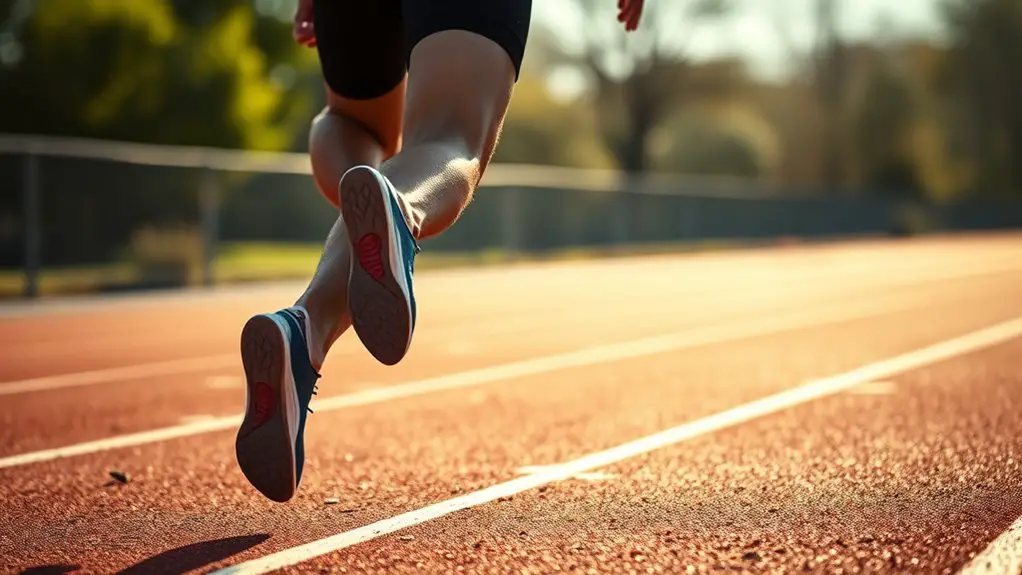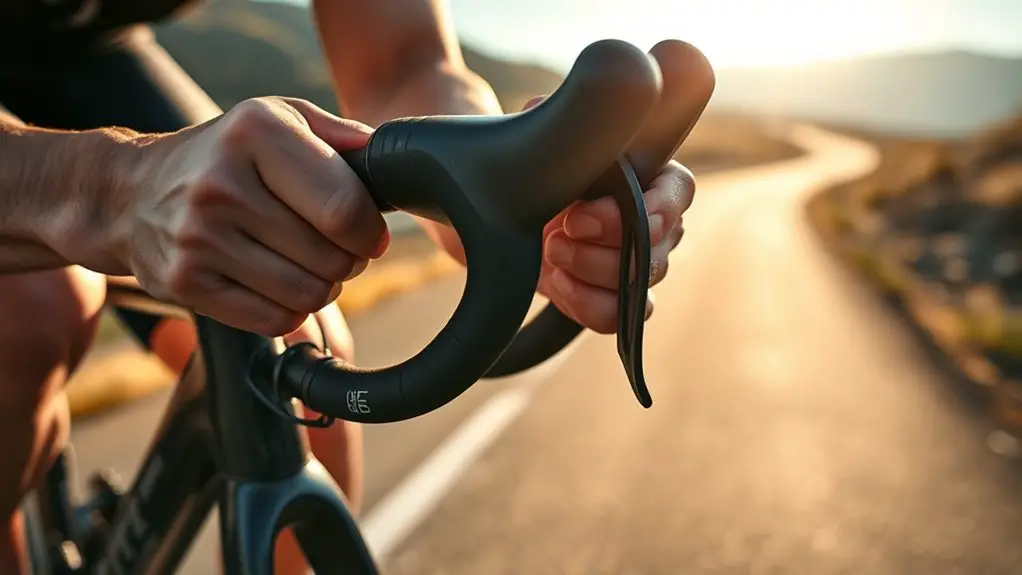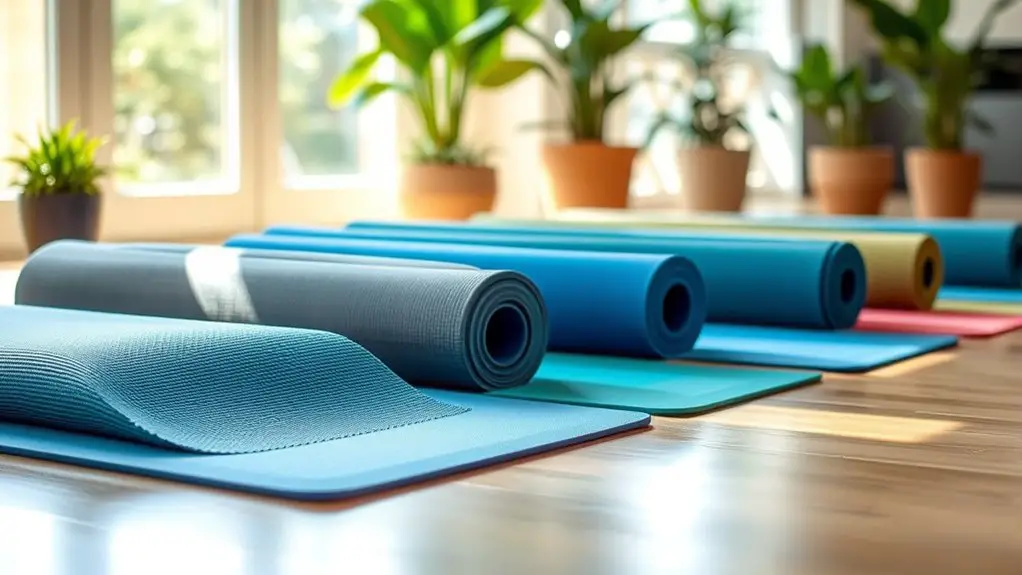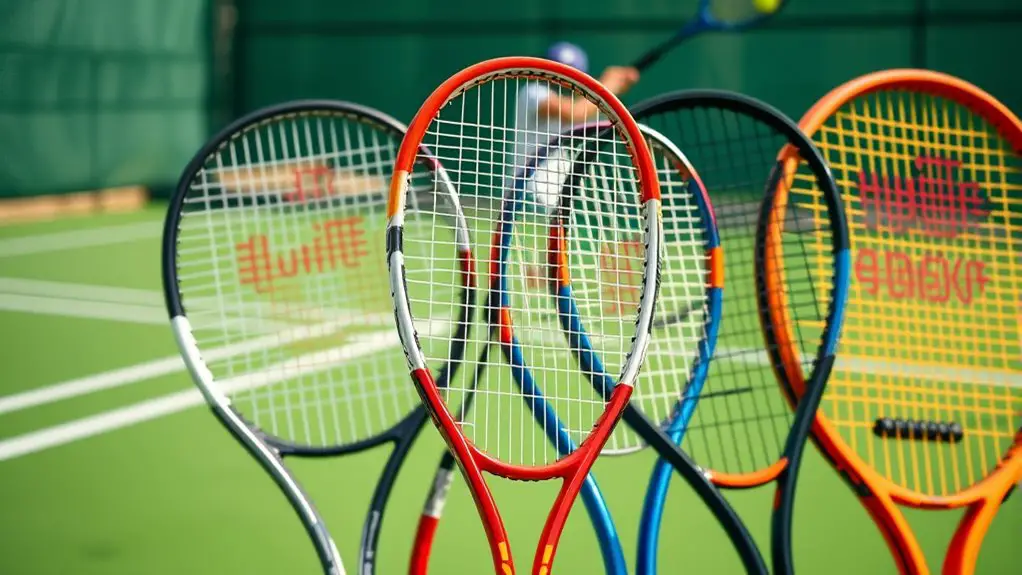Proper biomechanics improve your energy efficiency by optimizing your movement patterns and reducing unnecessary fatigue. When your body's alignment is correct, movements become smoother and require less effort, allowing you to conserve energy throughout daily tasks. Engaging your core and maintaining posture further enhances support and stability. Overall, understanding and applying these principles can lead to better performance and less strain. There's so much more to explore about how these concepts can transform your activities.
Understanding Biomechanics: The Foundation of Movement
Biomechanics is the science that explores how our bodies move and function. It's all about understanding the intricate dance of our muscles, joints, and bones. When you immerse yourself in movement analysis, you'll discover the importance of kinetic chains—the interconnected systems that allow your body to perform fluidly and efficiently. By recognizing how each part influences the others, you can access your potential and find freedom in your movements.
Imagine running, jumping, or dancing with effortless grace. By analyzing your movements, you can identify areas for improvement, ensuring that every action feels natural and powerful. Embracing proper biomechanics not only enhances your physical capabilities but also helps you avoid injury. When you understand how to engage your kinetic chains effectively, you'll experience a newfound sense of liberation in your body. Additionally, incorporating Functional Movement Screening into your routine can further identify potential limitations and enhance your overall movement quality. So, let's celebrate the science of movement and empower ourselves to move freely and efficiently!
The Role of Alignment in Energy Efficiency
When your body is properly aligned, you naturally move more efficiently, conserving energy with every step. This alignment isn't just about standing tall; it's a crucial aspect of your movement that can lead to greater freedom and less fatigue. Here are some alignment strategies to reflect upon:Proper alignment enhances movement efficiency, reducing fatigue and promoting freedom in every step you take.
- Posture Check: Verify your head, shoulders, and hips form a straight line to avoid unnecessary strain.
- Foot Positioning: Keep your feet parallel and shoulder-width apart to distribute weight evenly.
- Core Engagement: Activate your core muscles to support your spine and maintain stability, as strong core muscles enhance balance and coordination during activities.
- Breath Control: Breathe deeply and rhythmically to promote relaxation and optimize your energy conservation.
Techniques for Optimizing Movement Patterns
To optimize your movement patterns, it's essential to focus on efficiency and fluidity. Start with movement analysis to identify areas where you might be wasting energy. By observing your movements, you can pinpoint inefficiencies that may be holding you back. Once you've gathered insights, embrace technique refinement to enhance your performance.
Consider incorporating drills that promote smooth shifts and minimize unnecessary strain. For instance, practice exercises that encourage proper joint alignment and muscle activation. This approach not only improves your biomechanics but also fosters a sense of freedom in your movements. Engaging in mobility training can further enhance your overall performance and resilience.
Don't shy away from experimenting with different techniques; find what feels right for your body. As you refine your technique, you'll notice increased energy efficiency, allowing you to move with greater ease and fluidity. Ultimately, optimizing your movement patterns can liberate you, empowering you to enjoy every step of your journey.
Benefits of Proper Biomechanics in Daily Activities
Proper biomechanics can greatly enhance your daily activities, making even the simplest tasks feel easier and more efficient. By focusing on posture awareness and movement efficiency, you can access a new level of freedom in your life. Here are some key benefits you'll experience:
- Reduced Fatigue: With better body mechanics, you'll use less energy for everyday tasks, leaving you feeling more energized.
- Improved Posture: You'll maintain a more natural alignment, reducing strain on your muscles and joints throughout the day.
- Enhanced Flexibility: Proper biomechanics can lead to smoother, more fluid movements, making it easier to navigate your environment.
- Injury Prevention: By optimizing your movements, you're less likely to experience injuries from repetitive tasks or improper lifting, such as sprains and strains that can occur from overexertion.
Embracing proper biomechanics empowers you to live a more active and vibrant life. Take control of your movements, and feel the difference!
How Athletes Can Apply Biomechanics for Performance Gains
Understanding how biomechanics influences athletic performance can be a game-changer for any athlete. By utilizing movement analysis and performance assessment, you can pinpoint areas for improvement and enhance your training. Here's how to apply biomechanics effectively:
| Technique | Benefits | Application |
|---|---|---|
| Movement Analysis | Identifies inefficiencies | Tailor training programs |
| Performance Assessment | Measures progress | Set achievable goals |
| Proper Techniques | Reduces injury risk | Enhances skill execution |
Start by recording your movements to identify any flaws. By analyzing your techniques, you can make necessary adjustments that lead to better energy efficiency. Regular performance assessments will keep you motivated and aware of your growth. Embracing biomechanics not only fuels your freedom on the field but also empowers you to reach your full potential. Incorporating proper techniques like squats and deadlifts can further enhance your strength and stability, maximizing your performance.
Frequently Asked Questions
How Can I Assess My Own Biomechanics at Home?
Did you know that 80% of people experience back pain due to poor biomechanics? To assess your own biomechanics at home, try self-assessment techniques like observing your body alignment in front of a mirror. Look for uneven shoulders, hips, or foot placement. Recording yourself while performing basic movements can also help you spot imbalances. With a little effort, you can gain insights into your body's mechanics and work towards improving your overall movement efficiency.
Are There Specific Exercises for Improving Biomechanics?
Absolutely, there are specific exercises that can help improve your biomechanics. Incorporating dynamic stretching into your routine can enhance flexibility and range of motion, making movements smoother. Strength training is equally important; it builds the muscles that support proper movement patterns. Focus on exercises like squats, lunges, and core workouts. By blending these elements, you'll not only feel freer in your movements but also boost your overall physical performance.
What Role Does Footwear Play in Biomechanics?
Footwear's like the foundation of a house; without it, everything else can crumble. The type of footwear you choose can greatly impact your biomechanics, affecting how you move and absorb shock. Shoes with proper cushioning materials can enhance comfort, reducing strain on your feet and joints. Whether you prefer running shoes, cross-trainers, or minimalist designs, the right footwear helps you express freedom of movement while maintaining balance and stability in every step.
Can Poor Biomechanics Lead to Chronic Injuries?
Absolutely, poor biomechanics can lead to chronic injuries. When your movement patterns are off, it creates imbalances that stress your muscles and joints. This can make you more susceptible to injuries over time. Focusing on injury prevention through proper biomechanics not only helps you avoid pain but also enhances your freedom of movement. You'll find that optimizing your form allows you to move more efficiently and enjoy activities without the fear of injury.
How Do Age and Biomechanics Interact?
As you age, your body undergoes age-related changes that can impact your biomechanics. You might notice stiffness in joints or loss of muscle mass, which can alter how you move. These biomechanics adaptations are your body's way of compensating for those changes. Embracing proper form and movement can help maintain your freedom and functionality, allowing you to stay active and engaged in life, despite the natural shifts that come with age.




